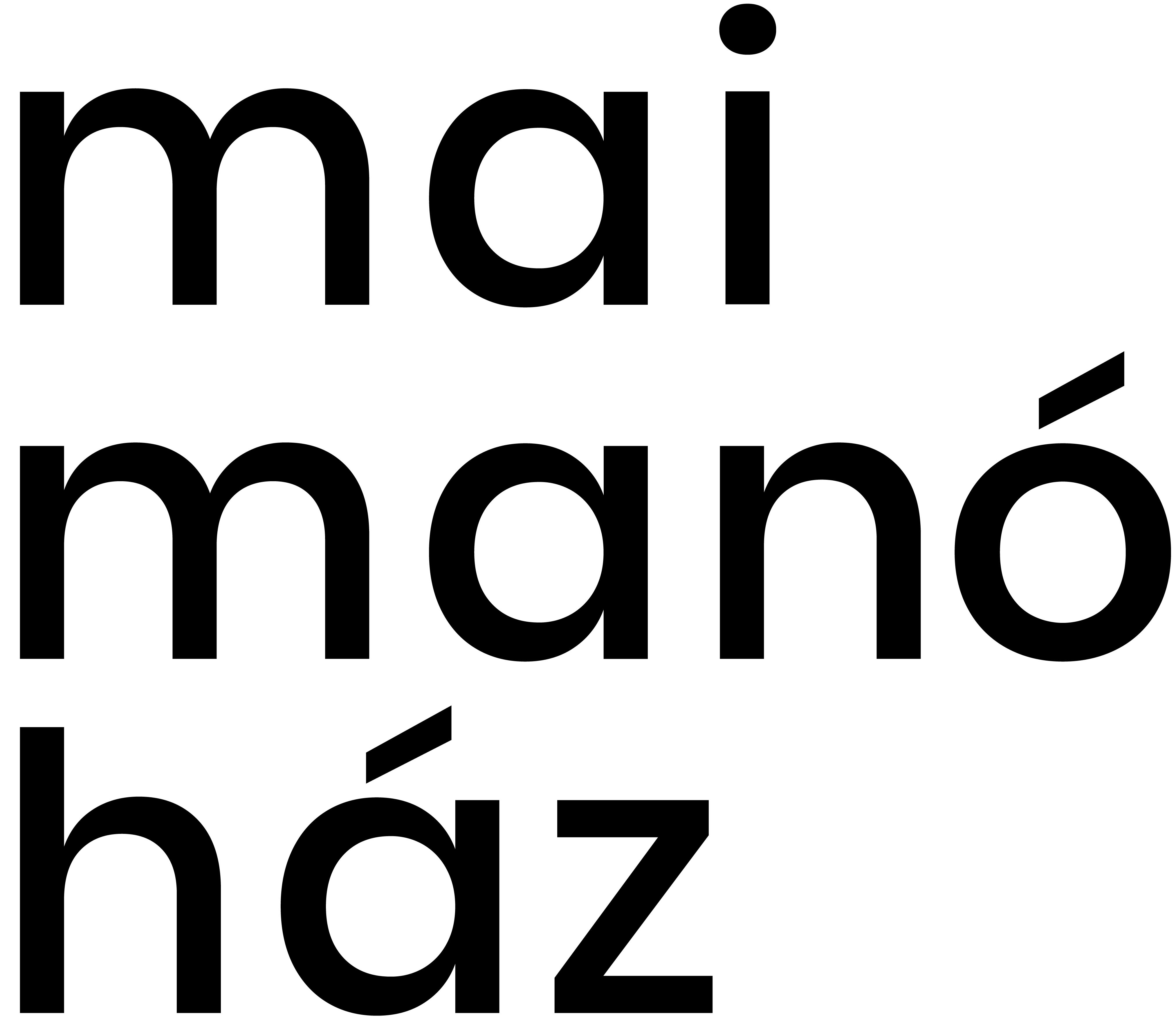„…and yet I’m here.”
Open to the public:
October 7 – November 6, 2016
on weekdays: 14.00 - 19.00
on weekends: 11.00 - 19.00
Free entry.
The Embassy of the United States of America in Budapest, Hungary is proud to partner with Mai Mano House to present this collection of Associated Press (AP) photographs in commemoration of the 1956 Revolution in Hungary. For over 155 years, AP photo-graphers have documented history with their cameras, earning more than 30 Pulitzer Prizes. This exhibit captures images of the aftermath of the Revolution, when more than 200,000 Hungarians were forced to flee their homeland and start their lives anew in foreign countries. Nearly 35,000 resettled in the United States, where the Hungarian–American community has continued to thrive and contribute to great cultural, academic, and scientific achievements.
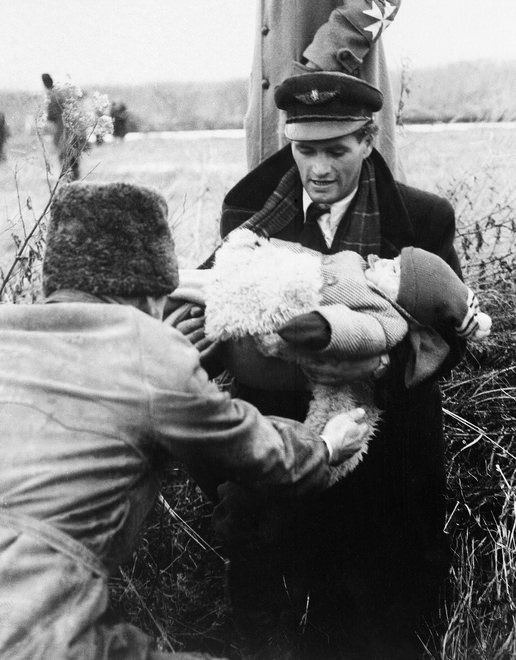
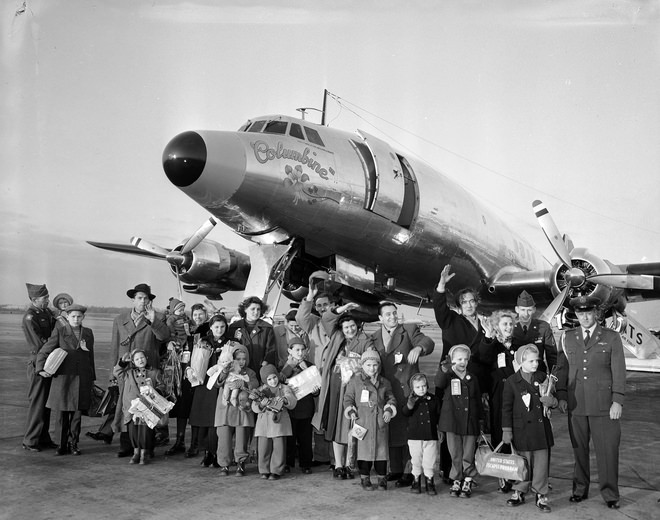

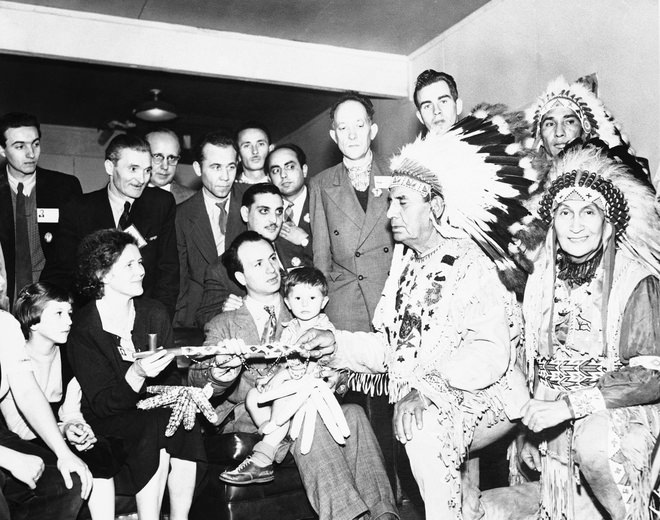
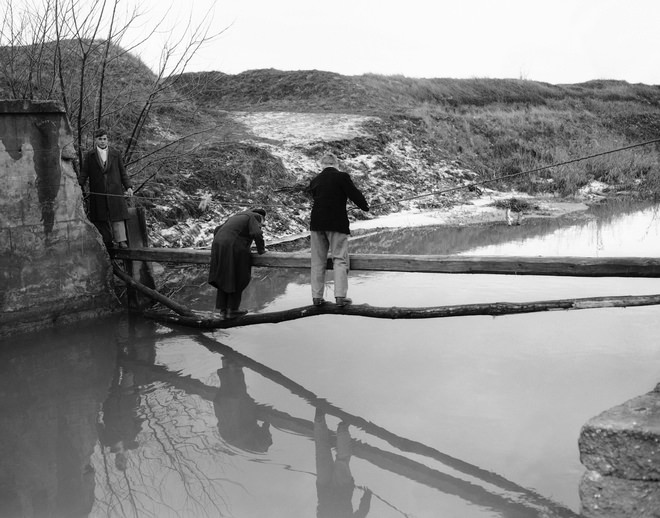
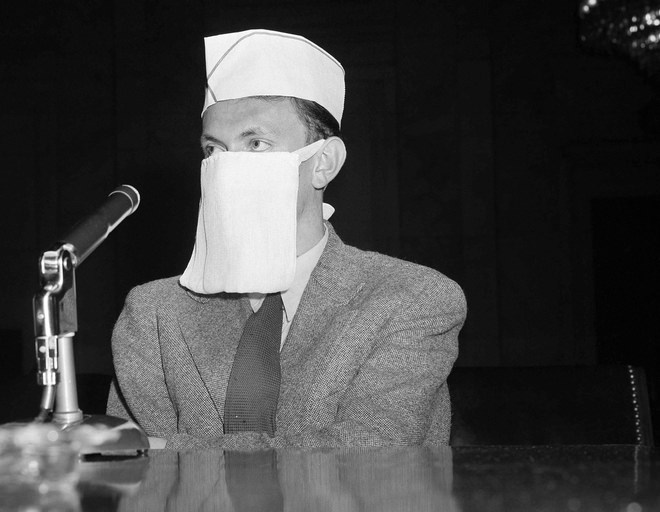
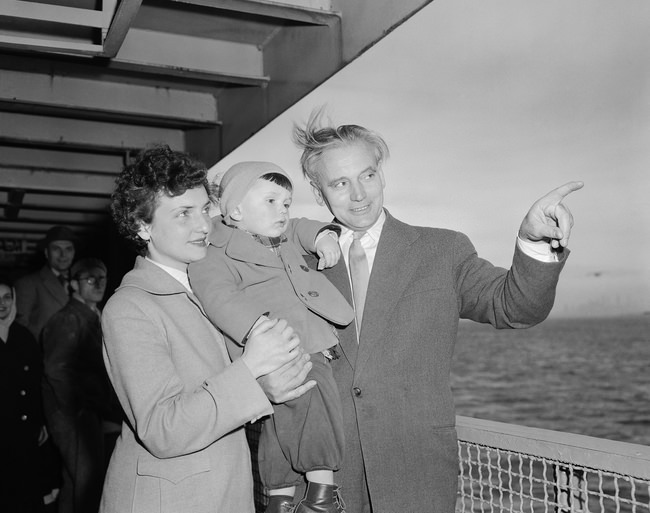
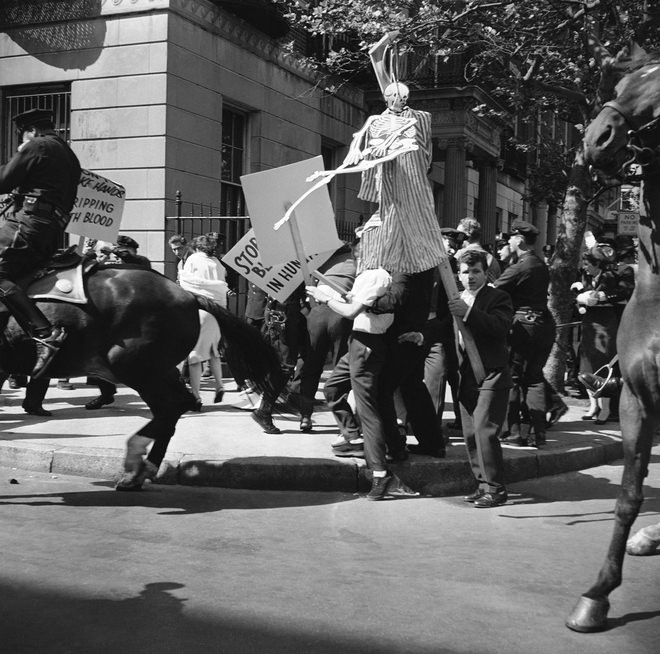
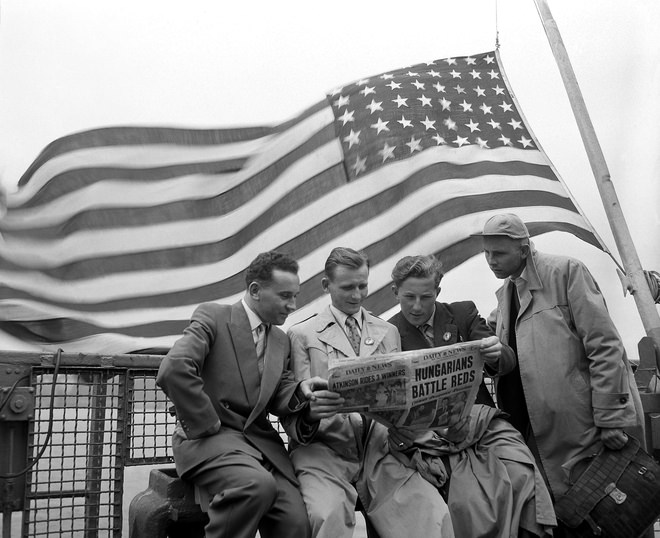
These photographs document the experien-ces of some of the earliest arrivals to the United States following the events of October 1956, when the Soviet Union ordered its troops to crush the Revolution in Budapest. Although the United States condemned the crackdown and took steps to introduce United Nations resolutions and to provide aid, neither it nor any other power intervened directly. Over the course of the Soviet crackdown, thousands of Hungarians were killed by Red Army troops. Hundreds of thousands more fled to the West, seeking asylum.
Beyond leading UN calls to condemn the Soviet actions, the United States instituted special procedures to admit an increased number of refugees from the communist crackdown. The Revolution began on October 23, 1956, and in the months following, it is estimated that 188,000 Hungarians found refuge in Austria and 18,000 in Yugoslavia. As of September 1, 1957, approximately 35,000 of these refugees had accepted asylum in the United States.
While refugees were resettled across the United States, most were initially processed through U.S. Army Camp Kilmer in New Jersey. Under the Eisenhower administration, a civilian Committee for Hungarian Refugee Relief coordinated the services of more than 20 volunteer and governmental agencies to admit the refugees, working to match their skills to available employment opportunities. Various charitable-religious agencies arranged for most of the resettlements.
Despite the appearance of a smooth administrative process, the operation was quite complex. It involved the complete transplanting to the United States of a large number of victims of violence and upheaval who had lost most of their possessions and had little or no knowledge of the English language. The photographs in this exhibition document the journeys and experiences of these refugees as they adjusted to new lives and new traditions, all while reflecting on the condition of their homeland, Hungary. Borbala Balogh, whose portrait appears in the exhibit, likely reflected the emotions of many refugees when she expressed feelings of shock and a determination to survive, stating, “It’s hard to believe, and yet I’m here.”
